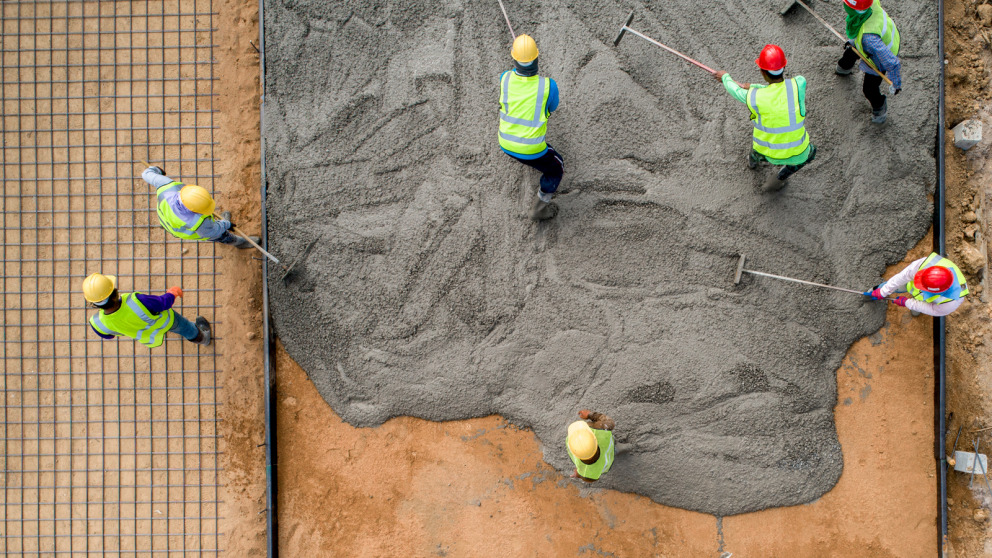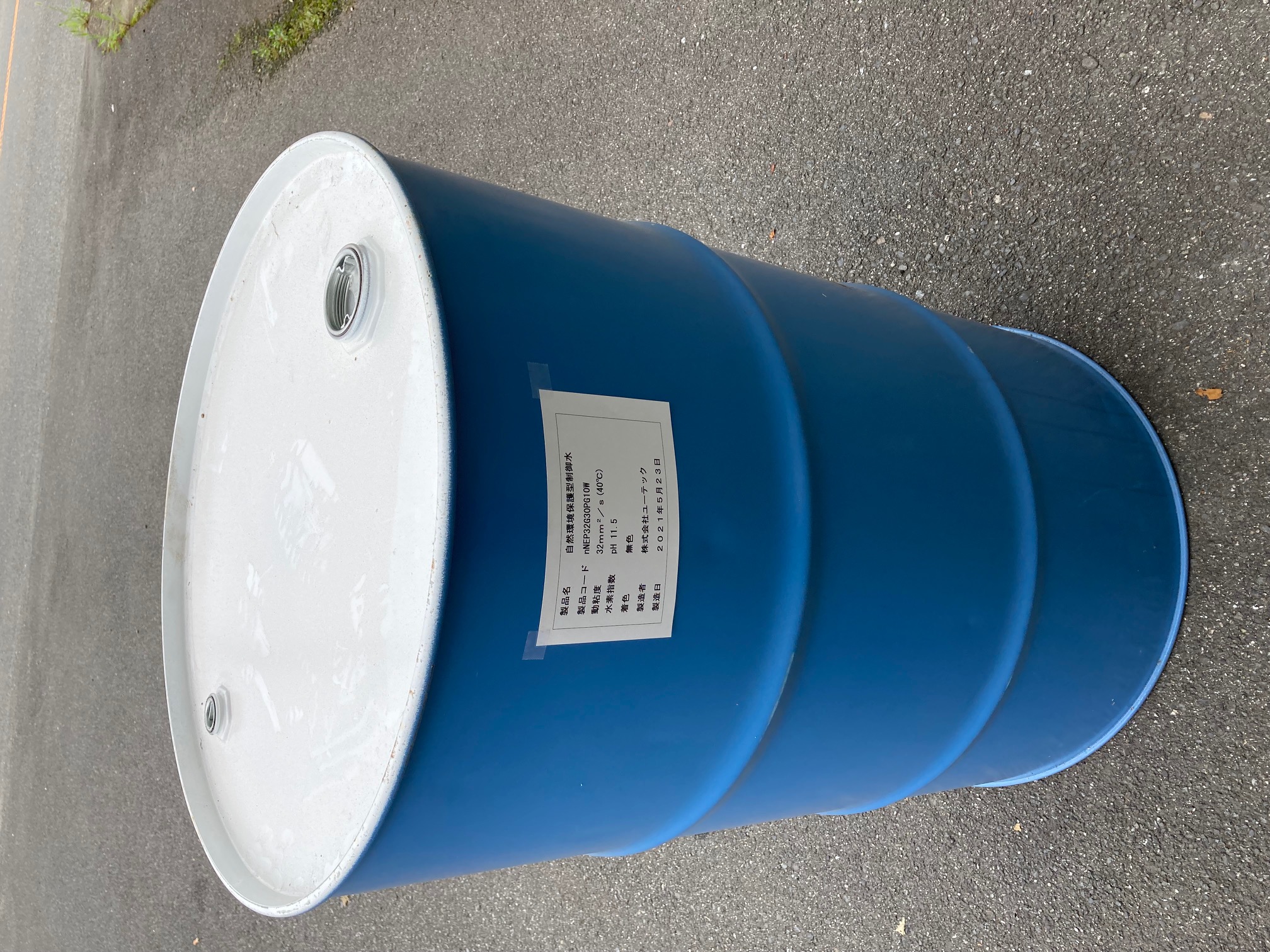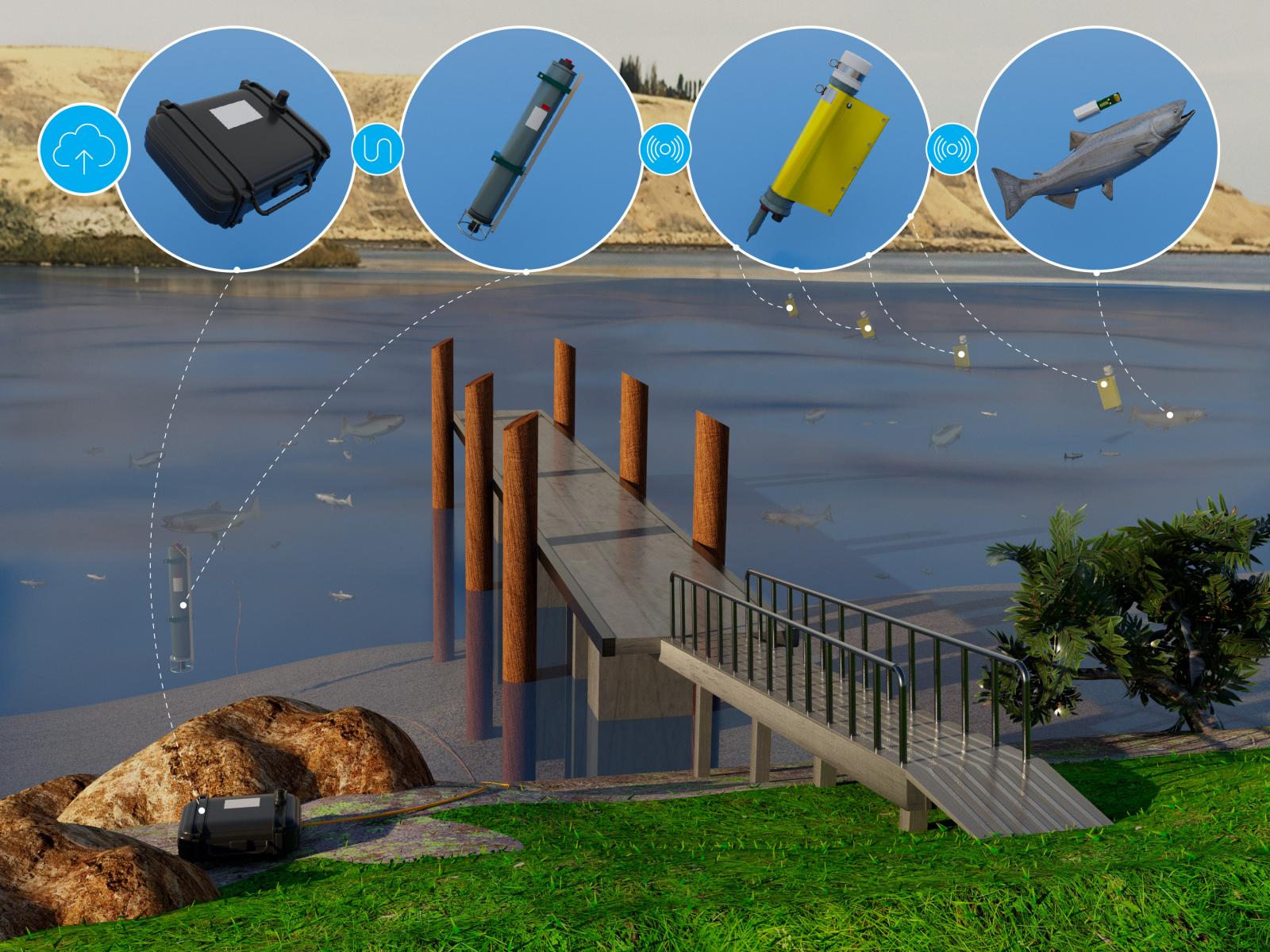2022-02-25 サステイナビリティ高等教育機構(IASS)
As a major contributor to climate change, the cement sector must significantly reduce its CO2 emissions. A promising technology to do this is CO2 mineralisation, which binds greenhouse gases (GHG) to minerals. But giving this technology the push it needs will require the support of important stakeholders. IASS researchers have examined the priorities they have in developing CO2 mineralisation.

A major emitter of greenhouse gases, the cement industry must significantly reduce its emissions. Shutterstock/Bannafarsai
CO2 mineralisation could make a major contribution to achieving climate neutrality, because it not only allows CO2 to be stored permanently – the final product can even partially replace conventional cement. But not only technical barriers have to be overcome to deploy CO2 mineralisation: The support of key stakeholders is needed – starting when decisions are made in industry and policymaking on the technological pathways to be taken.
More research needed on the health implications of the chemicals used
IASS researchers surveyed experts from industry, start-ups, science and civil society organisations about their priorities in supporting CO2 mineralisation, their perceptions on the performance of CO2 mineralisation concepts, and their priorities when tasked with communicating CO2 mineralisation technologies to other groups. The scientists followed an approach that considers the environmental, economic, and social impacts of CO2 mineralisation.
Their results show that key stakeholders strongly prioritise the social implications of CO2 mineralisation technologies, including health, job creation, the distribution of costs and the public image of the changed sector. While the mineralisation process itself is not considered to cause any health issues as no dangerous substances are used, initial calculations show that chemicals used for carbon capture might increase health risks. For this reason, more in-depth analysis of the various capture methods is needed.
Environmental and economic criteria are equally important to most
“We were surprised to find that most of the participants prioritise social aspects when evaluating CO2 mineralisation,” says first author Till Strunge. “This shows that we need more detailed knowledge on how to prevent negative health impacts, fairly distribute the costs, and create jobs for making investment and funding decisions for research and development in this area.”
Many of the participants particularly stress reducing cement’s CO2 footprint. Experts from NGOs put more weight on environmental criteria than on economic ones, while other stakeholders view these aspects as equally important.
Other criteria, such as the public image of the industry deploying CO2 mineralisation, the fairness of cost distribution, the extraction of fossil fuels and metals, the growth of the sector and capital costs play a smaller role for most experts. Those with a background in industry or start-ups place more importance than the others on the price of the cement.
When trying to convince different target groups that CO2 mineralisation is the technology of the future, the participants adapt their communication strategy to the specific concerns of each group. In communicating with clients and the public, for instance, they view economic aspects as the most important, while environmental aspects take precedence when talking to policymakers and potential sponsors.
The findings can help investors, managers and policymakers to take into account the priorities of different stakeholders in their decisions. This, in turn, could lead to successfully developing and implementing CO2 mineralisation pathways.
Strunge, T., Naims, H., Ostovari, H., Olfe-Kräutlein, B. (2022): Priorities for supporting emission reduction technologies in the cement sector – A multi-criteria decision analysis of CO2 mineralisation. – Journal of cleaner production, 340, 130712.



